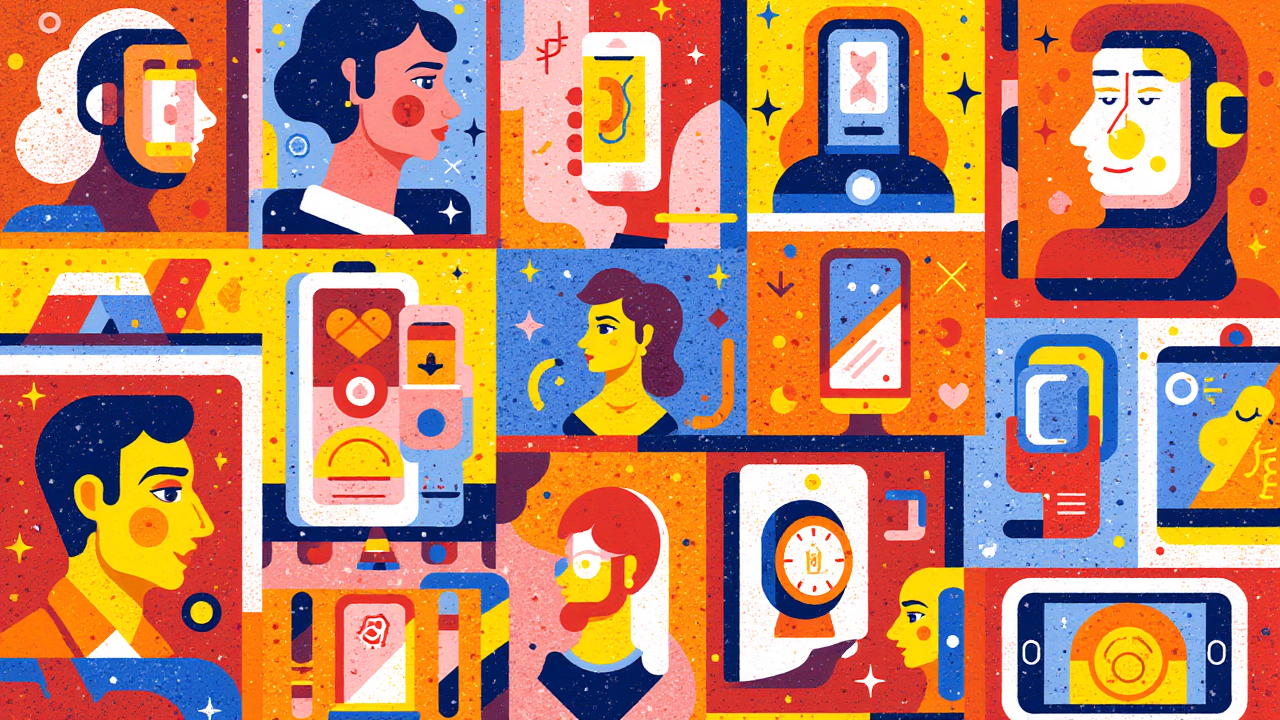Visitors today expect more than generic exhibits and tours; they search for experiences that speak directly to them. In our 2025 Survey of Museums and Cultural points of interest visitors, 72% of visitors express a desire for a more personalized experience, with a few criteria becoming more and more essential (in order of importance): language, centers of interest, choice of depth/length of the content, age/gender.
While curation remains essential (visitors do want to hear the unique perspective of the place they’re visiting), they express a growing distaste for inflexible traditional solutions like one-size-fits-all audio guided tours and are not fully satisfied with short exhibit descriptions.
72% of visitors express a desire for a more personalized experience, with a few criteria becoming more and more essential (in order of importance): language, centers of interest, choice of depth/length of the content, age/gender.
According to Culture Track 2021, 75% of visitors are more likely to recommend a museum that tailors exhibit content to their personal interests. In parallel, museums see benefits too: 74% of museums reported increased visitor satisfaction when offering personalized digital experiences (AAM TrendsWatch 2022). Clearly, tailored content creates deeper emotional connections and keeps people engaged.
As a result, we believe there is a real opportunity to vastly improve quality of visits, and this does not require massive investment. For example, Spotdot developed a simple and economical solution to give visitors the option to access personalized content on the go with their smartphone, using QR codes or geolocalization to unlock better engagement and experience.
Imagine walking into a gallery where content on your phone matches your taste, age and current visit context: you're 16, with your parent, curious about historical context more than funny anecdotes and you're more confident listening to content in Spanish.
By adapting content to each visitor’s profile, institutions turn a passive visit into an interactive, personal story. And can even engage with the whole family at the same time. The result? Guests feel seen and understood, and there is content for each and everyone. Visitors are more likely to immerse themselves in exhibits that resonate with them, spend more time with collections they care about, and share their excitement with friends. In an age where experience is king, personalization transforms a museum trip from a simple outing into a memorable, bespoke adventure.
In conclusion, personalization isn’t just a nice-to-have – it’s the new standard for visitor engagement. Cultural institutions that embrace tailored experiences will see more engaged, happier visitors (and more return visits), while those that stick to one-size-fits-all may get left behind as expectations evolve.
